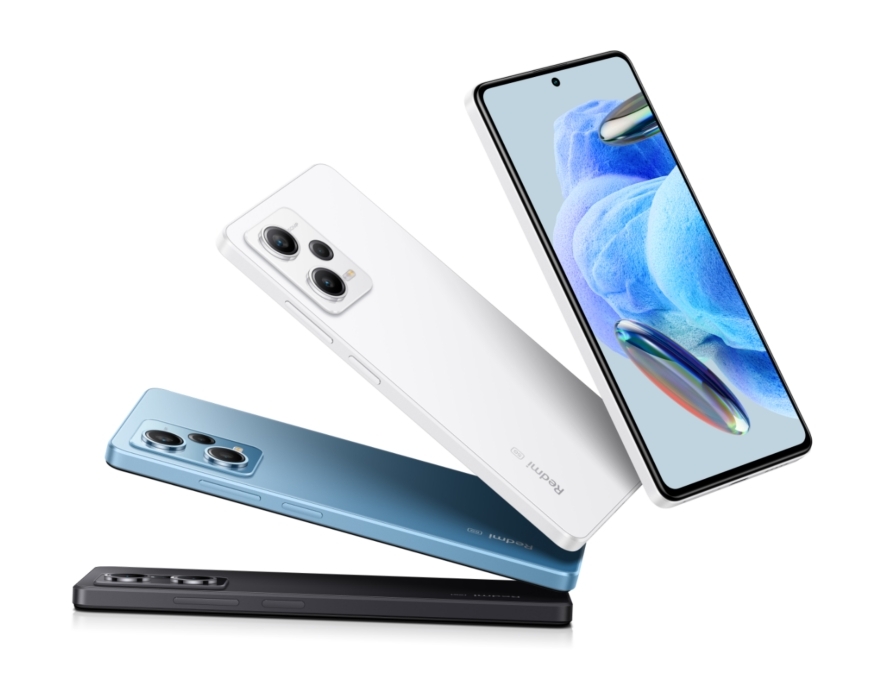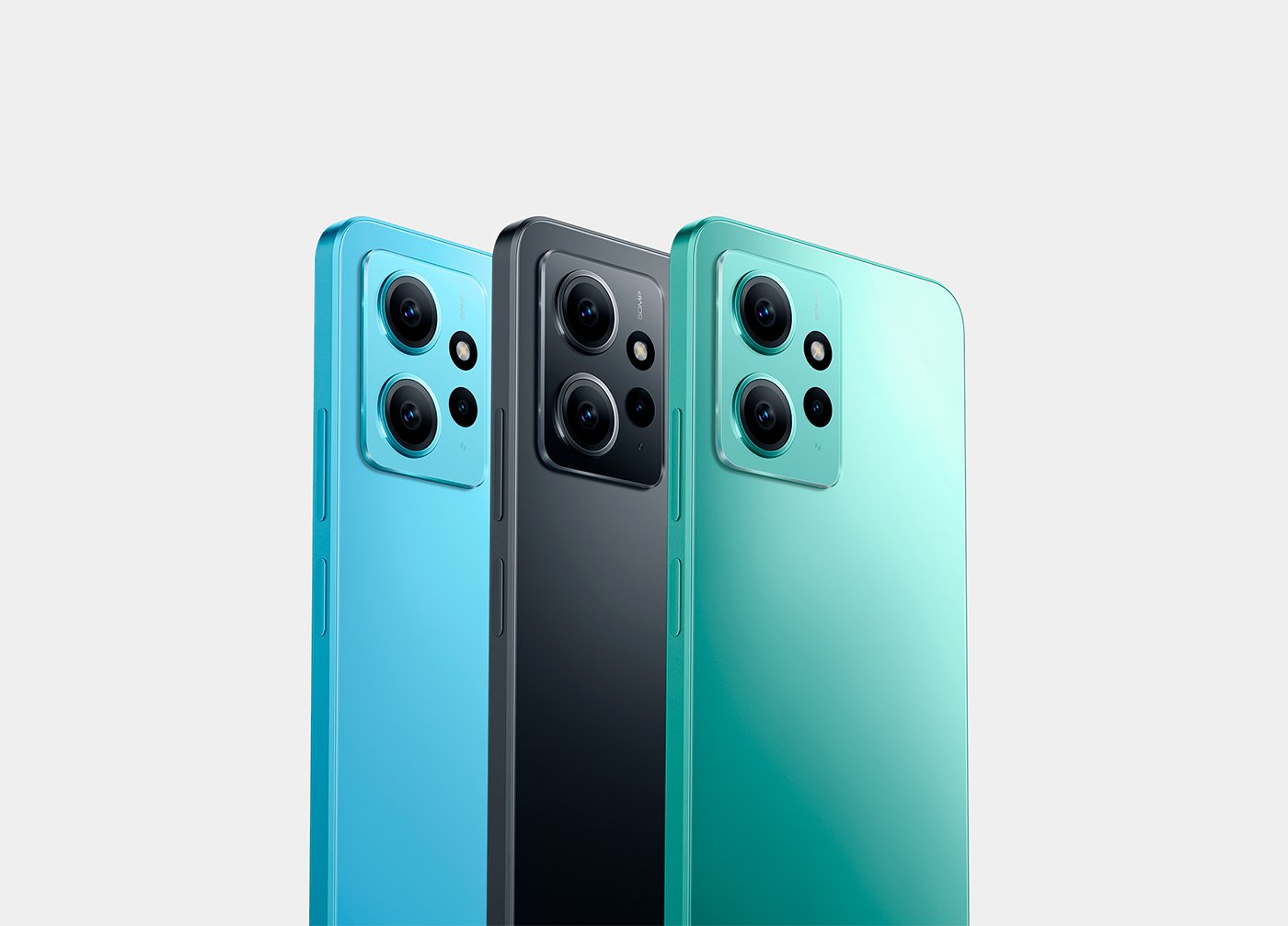Xiaomi launched the Redmi Note 12 series in the country this Thursday (20) in Brazil with three different models. This made the official announcement of the new devices, one of the most popular series of the brand, in October 2022. Country prices start from R$2,500.
- Redmi Note 12 4G: 2.5 thousand BRL (4GB + 128GB)
- Redmi Note 12 5G: BRL 2.7k (4GB + 128GB) and BRL3k (8GB + 256GB)
- Redmi Note 12 Pro: BRL 3.4 thousand (6GB + 128GB) and BRL 3.7 thousand (8GB + 256GB)
Whoever buys the Redmi Note 12 4G today will receive a discount that brings the price of the device up to R$2,000, in addition to getting a Xiaomi Daypack backpack as a gift. Those who prefer the 5G model will get Mi True Wireless Headphones 2 Basic headphones. The company gives a Redmi Smart Band Pro smart bracelet when purchasing the Pro version.
In addition to the Redmi Note 12 Pro, which is the most powerful agent of this generation, the Redmi Note 12 series in Brazil has two models, one 4G and the other 5G. The idea of betting on a 4G device in 2023 quotes Luciano Barbosa, head of Xiaomi Brazil operation because “There is still strong demand for 4G”.
“We tend to talk a lot about 5G, but we’ve identified strong demand for 4G devices,” he said. For example, it includes apps like Waze for browsing that normally already work well with 4G networks.
The price difference between the 4G and 5G models of the Redmi Note 12 4G is BRL 200 and this may affect consumer choice. But Barbosa says, despite the expansion of new technology, Until 2024, we will only have devices equipped with fourth-generation mobile technology..
“I believe this Sunday [4G] It will only continue until next year,” says Barbosa. He points out that the device regulation industry in the country is taking longer to certify 5G devices: “It’s easier to be more objective, to approve 4G today”. will still be one or the other [celular] 4G. Not just Xiaomi, but the business as a whole. But not in the middlemen,” he explains.
As for the differences between the devices, Thiago Araripe, Xiaomi’s country marketing manager, mentions that “all three have AMOLED displays” and nudges the competition, saying “there are premium devices on the market that don’t have it”. [taxa de atualização de] 120Hz”.
All three models feature IP53 certification, Corning Gorilla Glass 5 glass and a 5,000mAh battery; The standard models have 33 W charging and the Pro version 67 W charging. The company also promises two OS updates and says they will “support four years of MIUI updates,” the brand’s proprietary interface.
What’s new in Redmi Note 12?
Xiaomi is adopting the same size screen on all three smartphones: 6.67 inches with Full HD+ resolution (2400 x 1080p) and 120Hz refresh rate. As for the look, they all look very similar, but the Pro version has a slightly thinner edge on the front.
They are finished with straighter edges, but with curved corners. The camera module, on the other hand, differs little (mainly in the form of an LED flash) despite having a rectangular region with three sensors.

All three mobile phones have a P2 (3.5mm) headphone jack and accept two carrier chips in addition to a microSD card slot. Coming to the datasheet, the 4G variant of the Redmi Note 12 has the Qualcomm Snapdragon 685 chipset while the 5G Snapdragon 4 Gen. 1. The chipset used in Redmi Note 12 Pro is MediaTek Dimensity 1080.
- Redmi Note 12 4G: 4GB RAM and 128GB storage
- Redmi Note 12 5G: 4GB or 6GB RAM with 128GB and 256GB storage respectively
- Redmi Note 12 Pro: 6GB or 8GB RAM with 128GB and 256GB storage respectively
About the cameras, the 4G version of the mobile has 50 MP (main), 8 MP (ultra angle) and 2 MP (macro) sensors. The same core features are repeated in the Redmi Note 12 Pro, despite its main sensor. Sony IMX766 with Optical Image Stabilization (OIS). The 5G model includes 48 MP (main), 8 MP (ultra-wide) and 2 MP (macro) cameras. On the front, there is a 13 MP sensor in the standard models and a 16 MP sensor in the Pro model.
Focusing on Generation Z, Araripe points out that “Redmi Note 12 is our most popular series” and “has already sold more than 300 million copies worldwide”.
Barbosa says the duplication of some of the specifications is due to the industry “getting very good at using what’s available in the market” to “create products that already have raw materials.”
In addition to the Covid-19 pandemic, which also affects the technology industry, it highlights design choices when it comes to “turning off” a device. “You’re looking at smartphones with screens of the same size, and it’s not surprising“, he states.
Source: Tec Mundo
I’m Ben Stock, a highly experienced and passionate journalist with a career in the news industry spanning more than 10 years. I specialize in writing content for websites, including researching and interviewing sources to produce engaging articles. My current role is as an author at Gadget Onus, where I mainly cover the mobile section.













